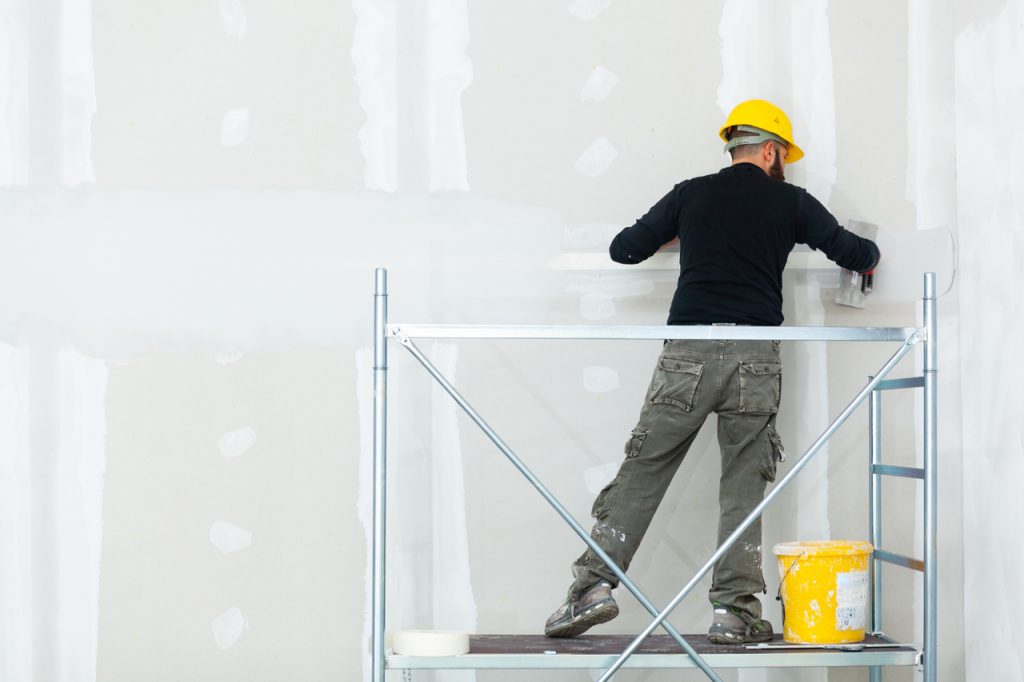Building a house is a huge expense, but it is better to entrust it to professionals. For this separation of individual rooms, in a way, we can do ourselves. How to make a stable and durable wall of plasterboard? It is not at all so difficult. However, certain rules must be followed.
Opinions about plasterboard are often extremely subjective. So it is not so much the strengths and weaknesses of the material which are coldly discussed, taking into account a wide range of applications, but individual preferences. So what are the advantages and disadvantages of this material?
One of the advantages of plasterboard is its good ability to absorb moisture and give it back when the air around it becomes too dry. For this reason, such panels were formerly popularly used in hospitals and medical facilities. Thanks to this, they are not flammable – on the contrary, they are an obstacle to the spread of fire
It is also appreciated that plasterboards have a very even surface. Their application on a wall favours interior aesthetics. It is often difficult to achieve such good parameters when using traditional plasters. Plasterboards are also not too heavy and it is very easy to work with them. No specialist equipment is needed for this, just a sharp knife
Of course there are also disadvantages. Plasterboards deteriorate easily in direct contact with water or when installed in constantly damp environment. Their low resistance to impacts and mechanical damage is also a problem.

Such walls are made of boards screwed on both sides to a frame made of metal profiles. Inside there is a layer of acoustic insulation made of mineral wool. The advantages of such a solution, in addition to the relatively simple installation, are the relatively low cost of materials and fairly good parameters of the completed development. Of course it will not be as durable and strong as a wall made of bricks or silicate blocks, but it can also be relatively durable.
It often happens that a layer of mineral wool allows for this type of partition wall to have better sound insulation than one made of cellular concrete with a porous structure. You can always increase the insulation by using wider profiles and a thicker layer of wool, or you can opt for specialist insulation. In contrast to heavy masonry walls, those made of plasterboard do not place a heavy load on the ceiling and can be made almost anywhere. So you can afford to make changes despite the fact that the ceiling was previously poured without thinking about them. Making such a partition wall may also allow us to change the layout of rooms in an easy and non-invasive way so that it will be adjusted to our needs.
How to start constructing a plasterboard wall? First of all we need to buy proper materials: aluminium profiles, screws and wool for soundproofing the structure
>> See also: How to install a plasterboard in a flash?